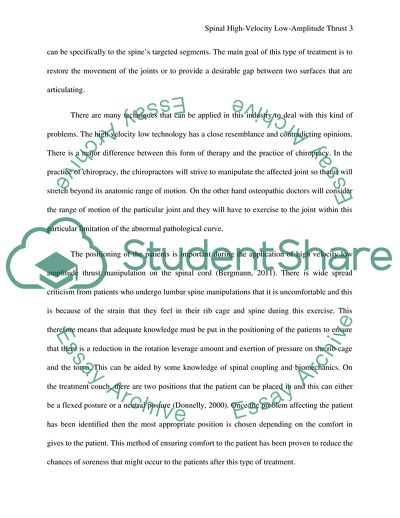Cite this document
(Spinal High-Velocity Low-Amplitude Thrust Coursework, n.d.)
Spinal High-Velocity Low-Amplitude Thrust Coursework. https://studentshare.org/health-sciences-medicine/1824145-spinal-high-velocity-low-amplitude-thrust-how-does-it-workthe-theories-and-the-evidence
Spinal High-Velocity Low-Amplitude Thrust Coursework. https://studentshare.org/health-sciences-medicine/1824145-spinal-high-velocity-low-amplitude-thrust-how-does-it-workthe-theories-and-the-evidence
(Spinal High-Velocity Low-Amplitude Thrust Coursework)
Spinal High-Velocity Low-Amplitude Thrust Coursework. https://studentshare.org/health-sciences-medicine/1824145-spinal-high-velocity-low-amplitude-thrust-how-does-it-workthe-theories-and-the-evidence.
Spinal High-Velocity Low-Amplitude Thrust Coursework. https://studentshare.org/health-sciences-medicine/1824145-spinal-high-velocity-low-amplitude-thrust-how-does-it-workthe-theories-and-the-evidence.
“Spinal High-Velocity Low-Amplitude Thrust Coursework”. https://studentshare.org/health-sciences-medicine/1824145-spinal-high-velocity-low-amplitude-thrust-how-does-it-workthe-theories-and-the-evidence.


